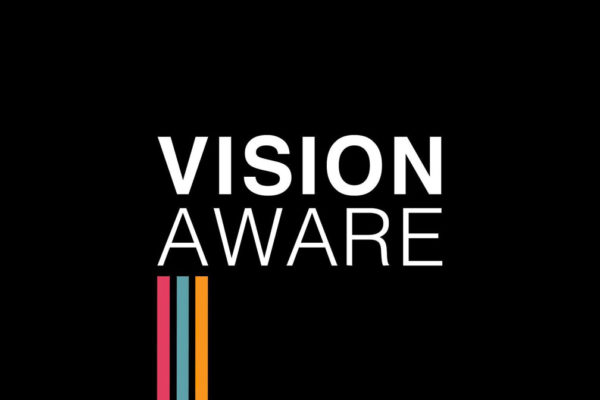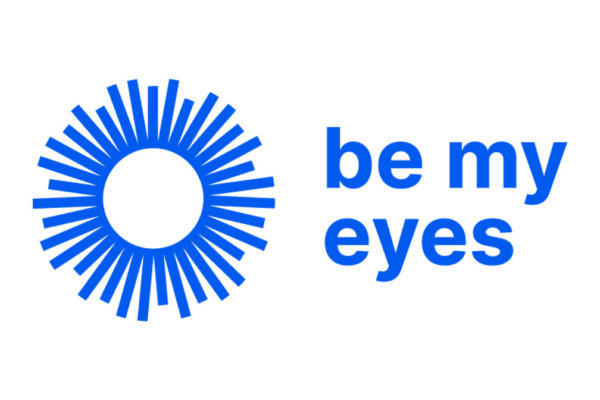Comprehensive dilated eye exam: examination of the retina, including the macula, by an eye care practitioner.
Ocular coherence tomography (OCT): scan through retinal layers to view if any fluid is present within these layers.3
Fluorescein angiography: intravenous injection of dye that shows blood circulation in the retina to determine the presence and severity of leaking blood or tissue ischemia (lack of oxygen to the retina).7
Fundus photography: photograph of the retina, including the macula; excellent method for assessing progression of disease and efficacy of management.7



